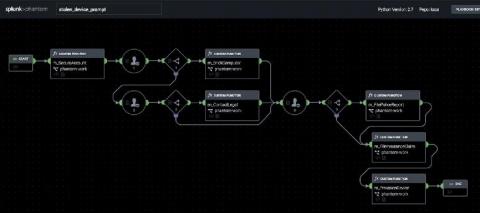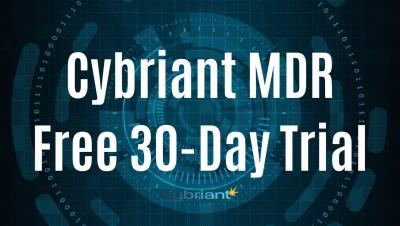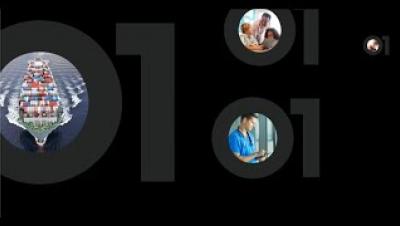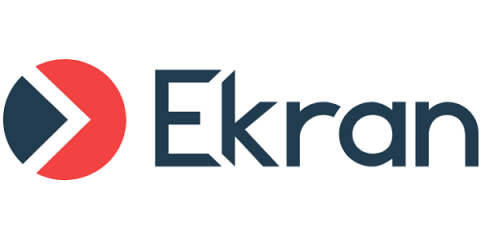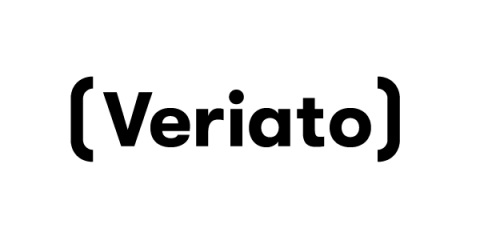Part Four: A Gap in Understanding and Responsibility
So far in our blog series, we have discovered that there is a high understanding of the threats that bots cause across all industries. We recently carried out a survey of 200 UK enterprises across e-Commerce, financial services, entertainment and travel. In part three of our blog series, we discussed how bots are affecting different industries. There is very little need to explain to businesses that bots can be a problem.



